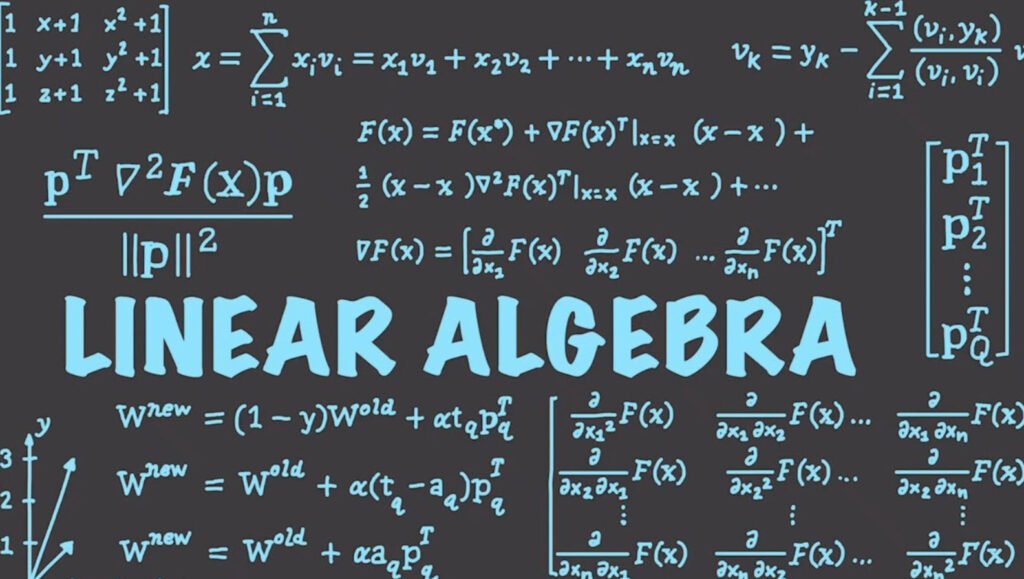Linear algebra forms the cornerstone of machine learning and data science, providing a powerful mathematical framework for understanding and manipulating data.
From algorithms’ notations to their implementation in code, linear algebra plays a pivotal role in shaping the landscape of these fields. Aspiring machine learning engineers and data scientists often encounter a set of fundamental linear algebra interview questions that assess their proficiency in applying these mathematical concepts.
Let’s explore into some of these key questions.
1Q: Under what circumstances does the inverse of a diagonal matrix exist?
The inverse of a diagonal matrix exists if all diagonal elements are non-zero. In such cases, the inverse is obtained by taking the reciprocal of each diagonal element.
2Q: What does Ax = b stand for? When does Ax = b have a unique solution?
Ax = b represents a system of linear equations in matrix form, where:
– A is the coefficient matrix of order m x n,
– x is the vector of unknown variables of order n x 1, and
– b is the vector of constants of order m x 1.
The system Ax = b has a unique solution if and only if the rank of the augmented matrix [A|b] is equal to the number of unknown variables, i.e., rank[A|b] = n.
3Q: What is the process for diagonalizing a matrix?
To diagonalize an nxn matrix A:
1. Determine A’s characteristic polynomial.
2. Find the eigenvalues of A by solving the characteristic polynomial.
3. Find the corresponding eigenvectors for each eigenvalue.
4. If the number of linearly independent eigenvectors is equal to n, form the diagonal matrix D as D = P^(-1)AP, where P is the matrix whose columns are the eigenvectors.
4Q: Find the definition of positive definite, negative definite, positive semi-definite, and negative semi-definite matrices?
- Positive Definite Matrix (PsDM): A symmetric matrix where z^TMz is positive for every non-zero column vector z.
- Positive Semi-Definite Matrix: A symmetric matrix where z^TMz is positive or zero for every non-zero column vector z.
- Negative Semi-Definite and Negative Definite Matrices: Defined similarly but with the condition that z^TMz is negative or zero.
5Q: How does Linear Algebra relate to broadcasting?
Broadcasting is a technique for element-wise operations on arrays with different shapes. For compatibility, the dimensions must satisfy certain conditions, making linear algebra concepts crucial for understanding broadcasting.
6Q: What is an Orthogonal Matrix?
An orthogonal matrix is a square matrix with orthonormal unit vectors as columns and rows. Formally, Q^TQ = QQ^T = I, where Q is the orthogonal matrix, Q^T is its transpose, and I is the identity matrix.
These interview questions provide a glimpse into the foundational concepts of linear algebra that are essential for success in machine learning and data science. A solid understanding of these principles enables professionals to work seamlessly with algorithms, optimize computations, and unlock the full potential of mathematical operations in the realm of data analysis and modeling.



